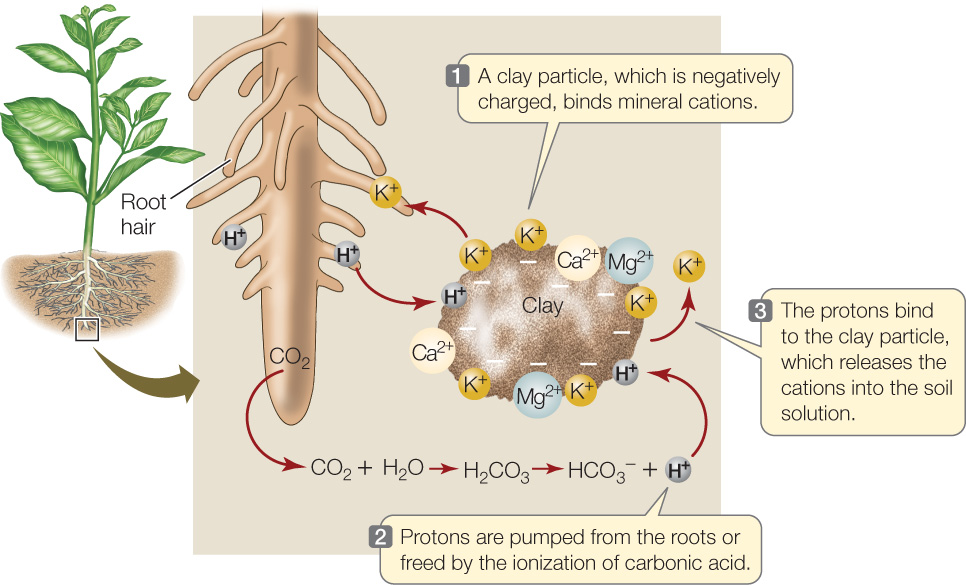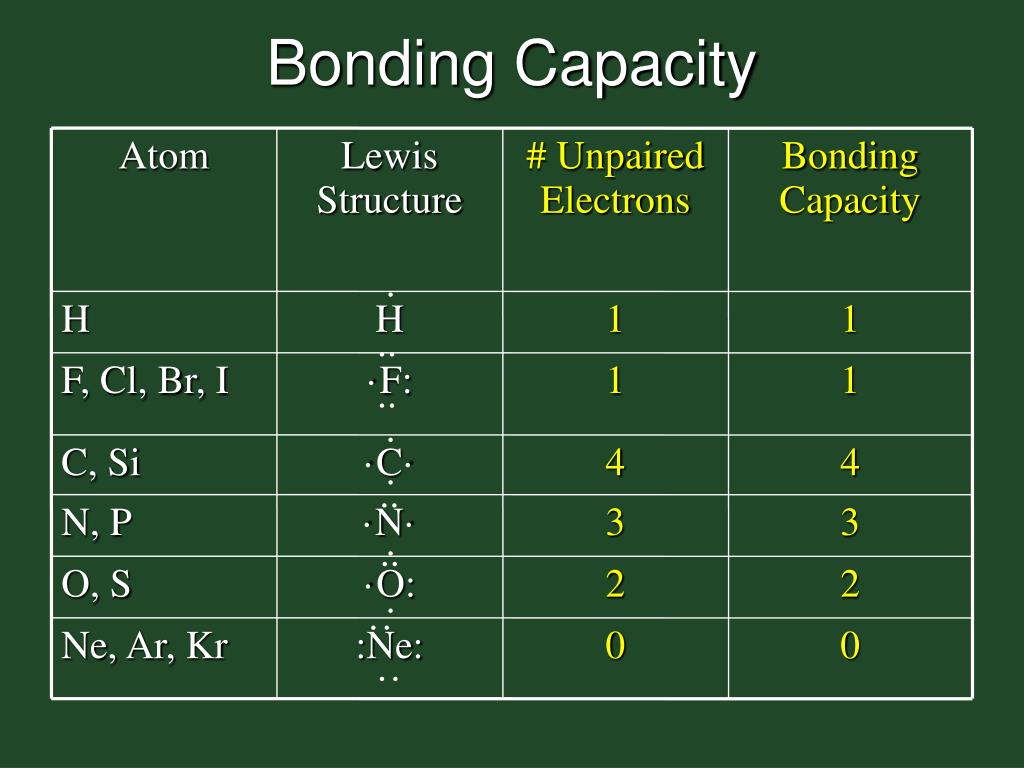
To measure TIBC in the blood is less expensive than a direct measurement of transferrin. Transferrin (mg/dL) = 0.7 x TIBC (µg of iron/dL).Transferrin (mg/dL) = 0.8 x TIBC (µg of iron/dL) – 43.If TIBC values are known, the transferrin concentration can be estimated with the following formulas: It is performed by drawing blood and measuring the maximum amount of iron that it can carry, which indirectly measures transferrin since transferrin is the most dynamic carrier.

It means that transferrin has the capacity to transport approximately from 1.40 to 1.49 mg of iron per gram of transferrin present in the blood. Transferrin can bind two atoms of ferric iron (Fe 3+) with high affinity. Total iron-binding capacity ( TIBC) or sometimes transferrin iron-binding capacity is a medical laboratory test that measures the blood's capacity to bind iron with transferrin.
#ION BONDING CAPACITY MEASURE FREE#
The proportionality constant k is equal to 2.31 × 10 −28 J Where each ion’s charge is represented by the symbol Q.The transferrin protein binds free iron and transports it in the blood. This value of k includes the charge of a single electron (1.6022 × 10 −19 C) for each ion. In this case, the proportionality constant, k, equals 8.999 × 109 J The equation can also be written using the charge of each ion, expressed in coulombs (C), incorporated in the constant. In the example given, Q 1 = +1(1.6022 × 10 −19 C) and Q 2 = −1(1.6022 × 10 −19 C).What is my bonding capacity? This may be one of the most frequently asked questions by contractors and probably the most difficult to answer on an on-going basis. This article is not intended to be an all-inclusive guide to time tested underwriting guidelines but rather is designed to shed some light on an often misunderstood concept in the surety industry. To help clarify this mysterious question, let’s take a look at the definition of capacity, discuss some of the factors considered in determining a contractor’s bonding capacity and highlight what you can do as a contractor to impact your bonding capacity.Ĭapacity is defined by the Insurance Institutes of America Principles of Suretyship as a “contractor’s ability to perform a project successfully”. It is one of the three C’s (capacity, character and capital) of surety credit analysis used by contract underwriters when evaluating the creditworthiness of their clients. Capacity is generally expressed in terms of the largest single project the surety would be willing to issue and the maximum amount of contract backlog a contractor can hold. More commonly, capacity is referred to as single job limit and aggregate limit. Now that we have an idea of what capacity is, what is some of the most common information analyzed to determine capacity? The list below identifies some elements that weigh heavily but, as you will notice, not all are able to be simply fit into a mathematical equation to calculate the result.Performance record / Overall experienceįinancial resources – Working capital and net worth are the two most talked about when it comes to surety. A good rule of thumb for total capacity is 10 x net worth.Cash flow is another critical measure affecting capacity. Cash flow allows the contractor to support the costs for insurance, bonding, labor, materials and overhead until receipt of the first contract payment. A continuous focus on collecting receivables is critical to successful operations.Ĭurrent work on hand – This report, more than any other, provides a snapshot of the performance of a contractor.

It can be a powerful tool to reveal inefficiencies in construction operations and to better understand company performance and factors affecting profitability.

Regular analysis of the work in process can help contractors and other decision makers (surety company, bank, etc.) identify areas of success and issues of concern that can be addressed prior to project completion.

Past performance / experience - A contractor’s past experience is vital. Being able to demonstrate a successful track record for similar types of projects is very reassuring to the surety. A surety is not likely to offer routine support for a $10 million dollar project if the largest successfully completed project was only $1 million. In addition, as a contractor takes on more projects the importance of the other factors such as financial strength, cash flow, organization, and managerial experience becomes magnified. Physical resources - Does the contractor have the right equipment and labor force to handle this new project and the existing backlog of work? The question of labor has become increasingly relevant as the industry struggles to maintain a skilled labor force.


 0 kommentar(er)
0 kommentar(er)
